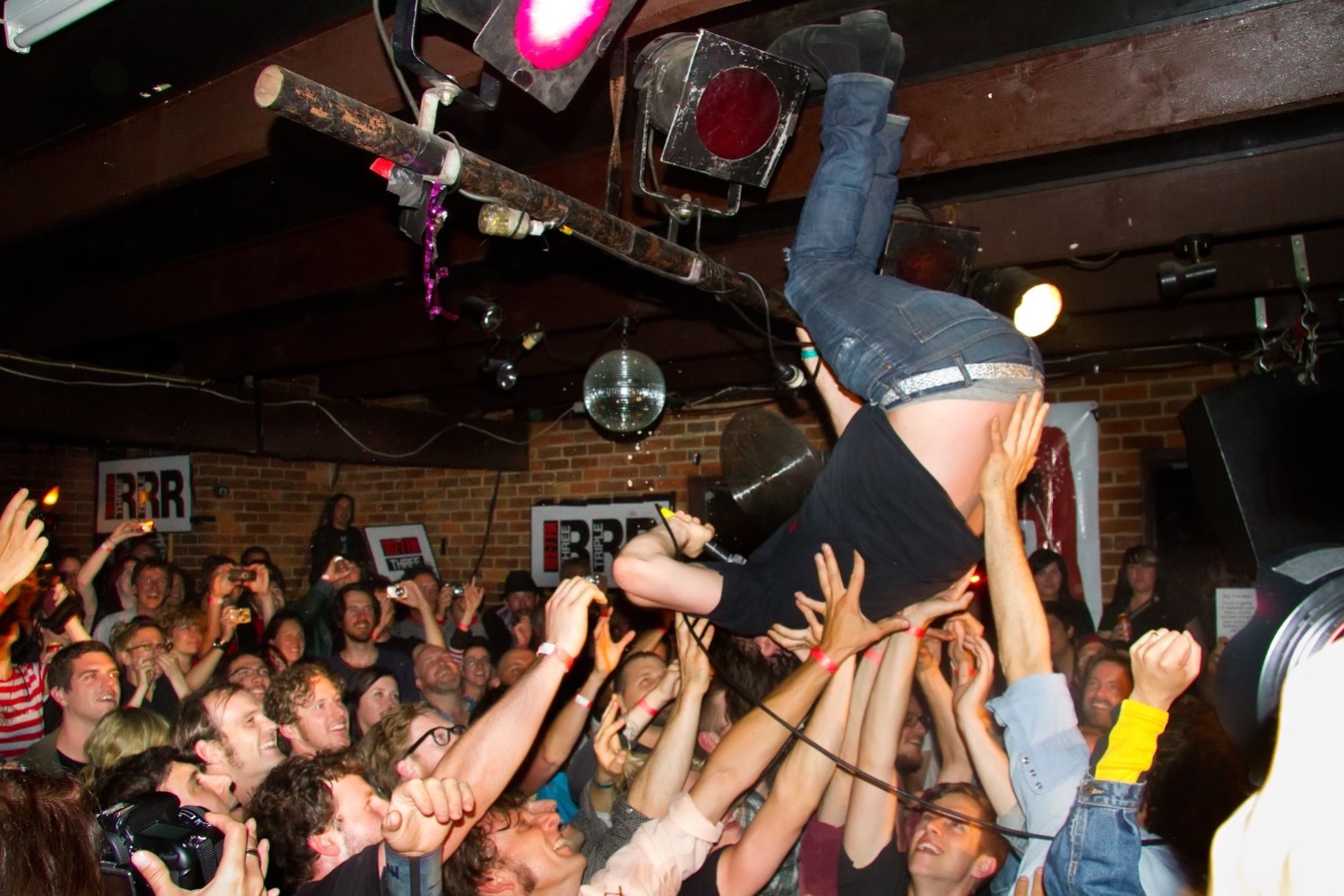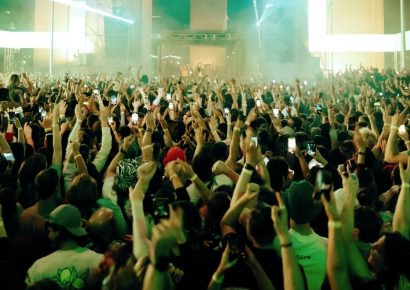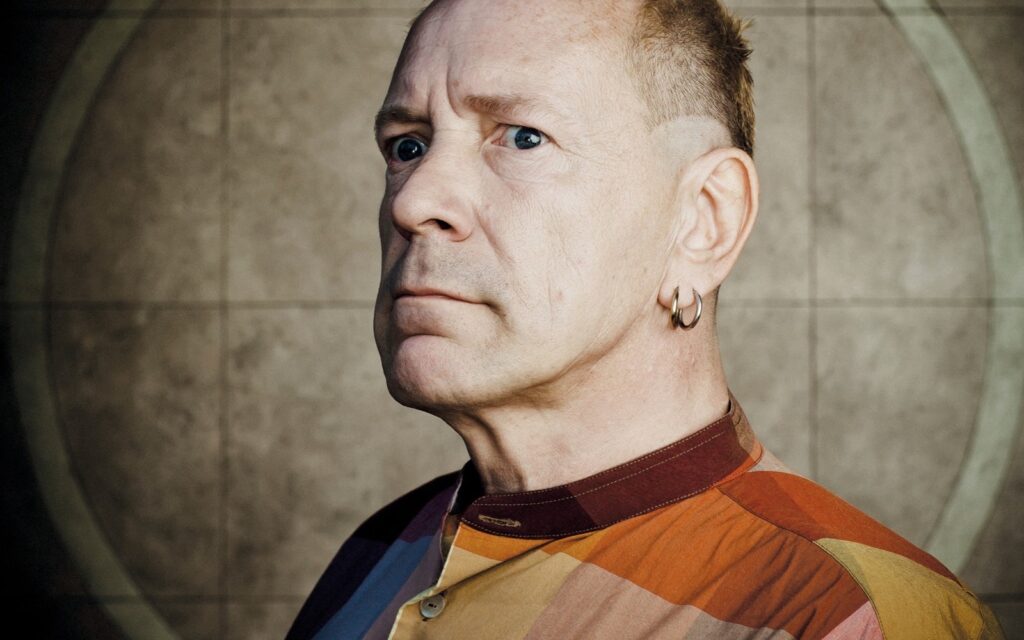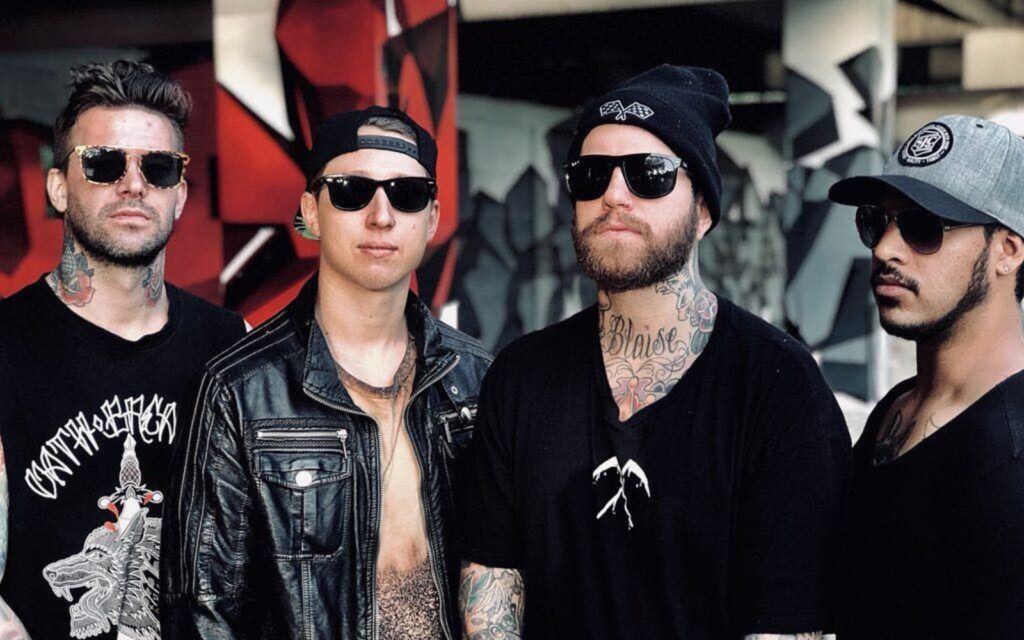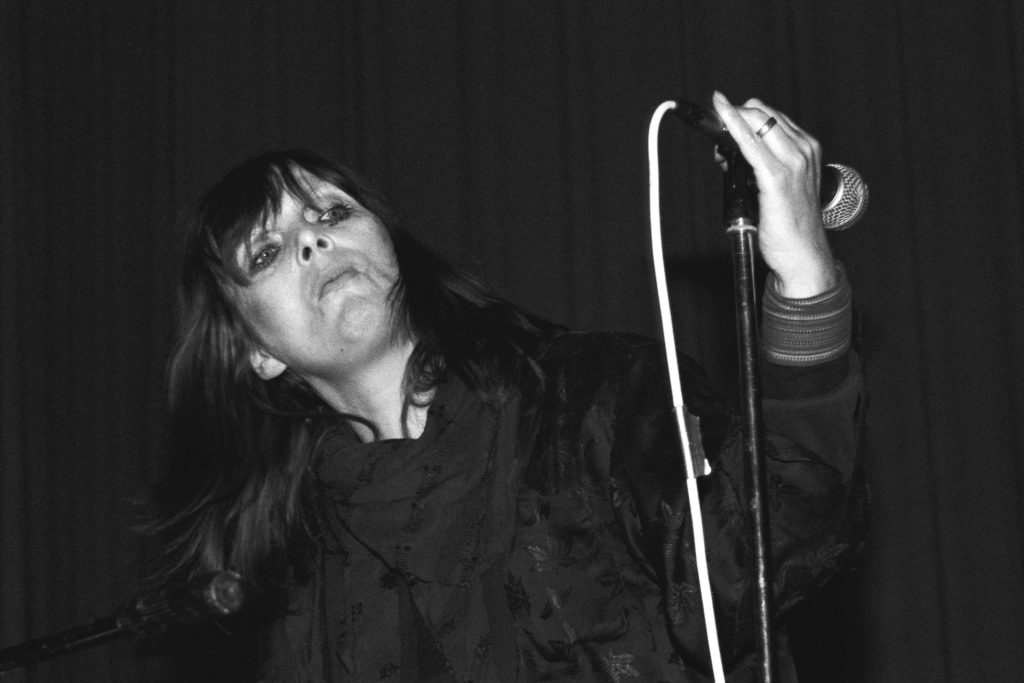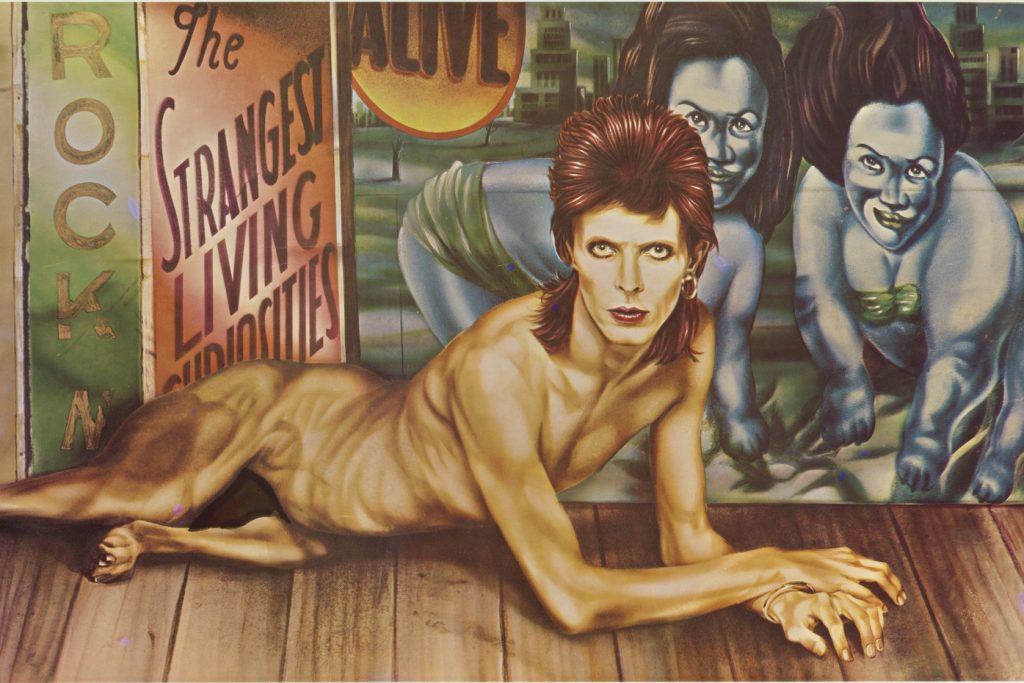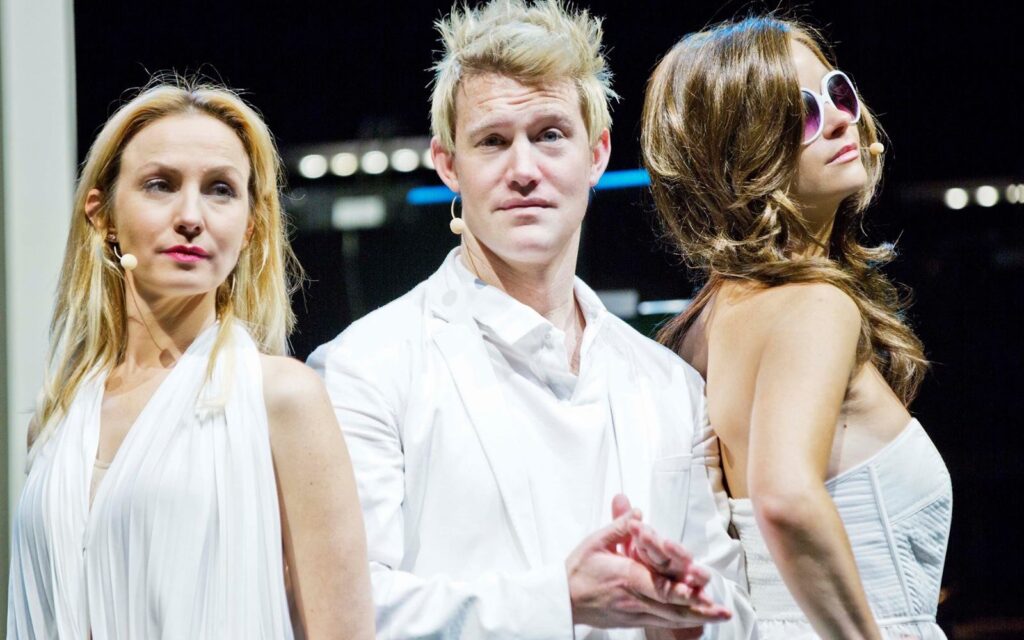Frankly, the situation is dire.
Omicron has hit most sectors of the economy hard again, either through staff shortages or the collapse in consumer confidence, now at a historic 30-year low (ANZ-Roy Morgan Consumer Confidence Index). Yet again, live music has been hit harder than most: it has not been possible to build momentum at any point during the pandemic.
When density restrictions are enforced, most people know venues can barely accommodate an audience greater than 25% of their normal licensed capacity in their band rooms. To make things worse, it takes from 8 to 12 weeks post-lockdown to get shows back up and running. This is due to the time needed for the booking process, plus enough time to market and sell tickets for shows. This time is endured without government financial assistance because restrictions, along with any financial support, are usually lifted abruptly and almost always, without warning.
Read some of Melbourne’s most comprehensive and insightful music features here.
Each time live music has restarted, it’s been abruptly stopped in its tracks and has gone back into capacity restrictions or lockdowns. Now, thanks to Omicron’s exponential infective voracity and the NSW state and federal government’s enthusiasm to “get out of the way”, the latest COVID infection spike has spooked live music audiences. It’s not just because of the risk of being inside with other people, but also because of the unavailability and prohibitive price of RATs, and the contact tracing system’s collapse.
In my own experience at Bar Open and The Tote, it has only been possible to stage an average of 8% to 12% of our show numbers compared to pre-pandemic times and never more than 35% at any point in time. As a result, we have been forced, yet again, to put on hold our ticketed live music shows. With current capacity restrictions in place with no financial assistance until at least April 13, we eagerly await the “snap back”.
Governments of all levels have assisted the live music sector, but it has been sporadic, inconsistent, insufficient, uncoordinated and knee-jerk. A bespoke live music policy is desperately needed. Put simply, we need a plan.
If we look at existing Victorian state government policy, there is the funding program Music Works, and the Live Music Restart package.
The focus of Music Works is mischaracterised and ineffective, a situation we can’t afford and should not tolerate. The Victorian government’s four-year creative industries plan, Creative State 2025, only references Music Works as the live music policy instrument to address the challenges posed by COVID-19.
- “Nurturing the diverse and unique creative talent of Victoria’s contemporary music industry
- Increasing the range of and demand for Victorian contemporary music offerings for local and international audiences
- Providing opportunities for artist and business development; and
- Encouraging the resilience, adaptability and sustainability of the industry in light of the ongoing impacts of the coronavirus (COVID-19) pandemic.”
Music Works is funded to $10.8 million of the $288 million total funding pool. This is woefully insufficient to maintain the claims in Creative State 2025 that “Melbourne has earned a reputation as the live music capital of the world” and that it is “building from a strong base, with the nation’s premier … live music venues and a stellar calendar of state-wide festivals, each looking for and presenting our best contemporary creative talent.” Frankly, the small proportion (est 1-2%) of the broader music industry funding that is part of the stated 3.8% of the Creative State 2025 Music Works budget is grossly insufficient on any proportional metrics of the sector size, audience, or artist engagement quantum.
Music Works is not fit for purpose as a COVID recovery plan. It doesn’t measure up to the government’s own rhetoric stated in Creative State 2025.
- “COVID-19 put a dramatic stop to so much creative activity in 2020, especially related to live music audiences and performances. The live music sector was particularly affected and the support of the Victorian Government has contributed significantly to its resilience. Maintaining investment in this sector to continue its recovery is crucial.
- Extension of the Music Works program to support the recovery and growth of Victoria’s contemporary music sector (Action 14)
- Action 14 – Invest in the recovery and growth of Victoria’s contemporary music sector by extending the Music Works program which supports the industry at all levels.”
Music Works needs to be seen for what it cannot do: assist the live music sector to recover to pre-pandemic activity levels. A fresh new policy needs to be urgently developed that is proportionate and calibrated for the current pandemic context. Funding priorities need to be focused on saving and maintaining our live music institutions and infrastructure first, then with demand-driven programs designed to deliver consumer confidence back to audiences, and incentivise and assist bands to play and tour again.
We need a ‘Live Music Resilience Fund’ that underpins live music’s organisational core costs, spanning the basics like wages when impacted by health orders, to the more nebulous, such as audience confidence, which threatens live music’s institutional financial viability.
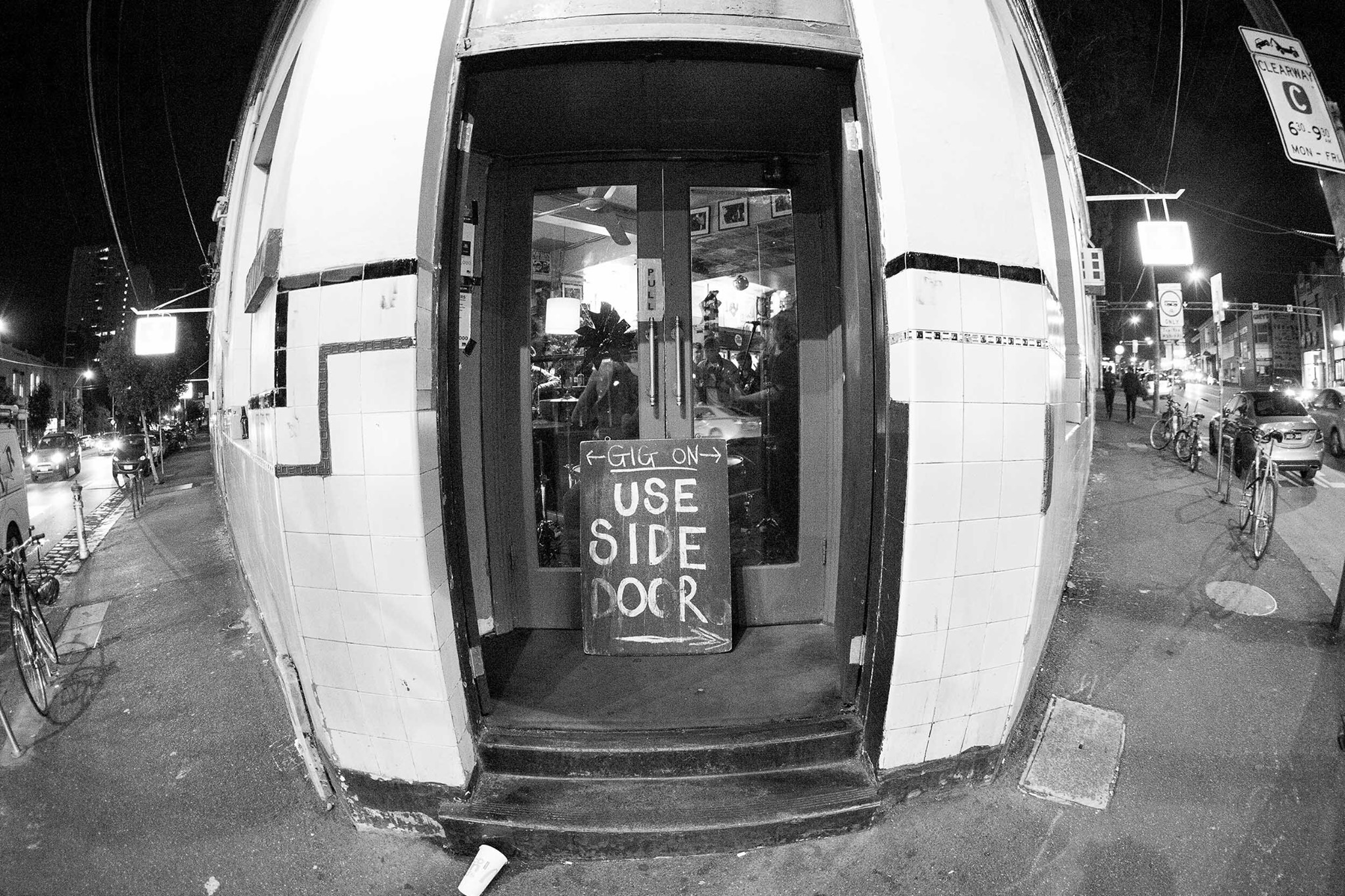
The government’s traditional mechanism of project funding is the wrong policy instrument in this instance. Live music venues and festivals are equipped to book and stage live music when the conditions are right. Although common in the not-for-profit sector, project funding is less necessary in the commercial live music venues and festivals sector. If core costs, fixed and variable, are underwritten during this pandemic crisis, then live music programming will naturally occur and bounce back delivering work to musicians, crews, contractors, and hospitality staff.
The Creative Industries Minister Danny Pearson recently announced $85 million in arts grants in the annual funding round for arts organisations. Although music organisations were in the mix (including Music Victoria, Song Lines, MESS, Melbourne Digital Concert Hall, Liquid Architecture, Melbourne and Wangaratta Jazz Festivals, and The Push) live music venues and festivals are locked out of this funding stream.
Pearson’s claim that “this is an investment in the future of our creative industries and the thousands of jobs they support that reflect the diversity of Victoria’s talent and our communities,” is underpinned by the schism that only not-for-profit arts and cultural organisations are the appropriate delivery vehicles for arts and culture investment.
This statement is a testament to Creative Victoria’s insider thinking. It hasn’t evolved from its old remit when it was Arts Victoria, an exclusive arts funding body, to a contemporary government department charged with developing and servicing the broader creative economy. Critically, funding must include the entire live music industry that’s currently in crisis and where the majority of gig activity resides. Creative Victoria, and by extension the Victorian government, appears willfully blind to this obvious void in their sphere of responsibility.
The counterfactual alternative, as Kevin Rudd loves to say, is that if live music core funding is not underwritten during the pandemic, live music businesses will radically contract in number. The pool of playing opportunities for bands will contract with the venues. No live music venues leads to no local bands, which leads to no tours, which leads to no music festivals, which results in increasing our national cultural trade deficit … and so on it goes. No amount of project funding will compensate for such a loss now, or importantly into the future. This is estimated to be in excess of 73,000 gigs per year at the 2017 Music Victoria Live Music census. Let’s remember that live music ticket sales generate three-times their value for the greater economy, and that will disappear with it.
Melbourne is the epicentre of live music in Australia. National tours depend specifically on reliable Melbourne audiences to underpin their tours. New Zealand and interstate bands move to Melbourne because of the opportunities offered by the size of its scene. Melbourne has become the staging point for artists to launch their international careers. A radical contraction of the scene in Melbourne will have national consequences vastly disproportionate to the Victorian sector’s size. Live Music is estimated to be about 4% of pre-pandemic activity according to APRA/AMCOS.
Governments, state and federal, need to do some serious re-thinking because after this pandemic storm has passed, the Victorian, and by extension, national live music landscape will resemble that of Sydney during the worst days of their lockout. A shadow of its former self created by an avoidable policy own goal imposed by a populist government.
Ultimately, only governments can create an environment where venues, festivals, and the myriad of music businesses that depend on them can survive this pandemic. A good place to start would be to expand the Live Music Restart Package (currently $20 million) and broaden it to be accessible for all live music venues in line with the guidelines used in the Live Music Venues package, but also to include access by touring bands.
It’s easy to get caught in the trap of focusing on economics, but we are talking about our culture here. Its importance is fundamental to our being as individuals and a collective society. It’s foundational to our identities and reflects how we emotionally connect with the world and each other. The places where music is experienced – music venues and festivals – are the meeting place of the music community. They are the wicker that holds so many friendship groups and communities together, whether annually camping at music festivals such as Meredith and Rainbow Serpent, or hanging out with shared fans at a gig.

The prospect of the COVID generation being robbed of their stories – told by their yet-to-be Archie Roach, Paul Kelly, Mo’Ju, Spencer P Jones, Courtney Barnett, Roland S Howard, or Emma Donovan – is beyond tragic. It violates their and our human rights. The prospect of rupturing that social fabric and cultural life is incomprehensible and intolerable and, for these reasons alone, deserving of urgent government action.
Historically, live music has been the collateral damage for government policy. Be it the 2009 Victorian Liquor Licensing Commissioner’s declaration that live music was “high risk”, the former NSW Premier Gladys Berejiklian’s obstinate blaming of music festivals for drug overdose deaths (leading to illegal police strip searches of underage music fans), or the current discrimination by state governments in their selective application of heath restrictions (dancing bans and density quotients) that apply to small independent hospitality-based music venues, but not to religious gatherings (Hillsong), large sporting events, and mostly state government-owned large arts venues.
These are cultural choices made by politicians and bureaucrats behind closed doors that affect and shape our culture without mandate or discussion. They are choosing the winners and the losers. The decisions they are making are influenced by the size, wealth, and political muscle of those who have their ear. Live music is excluded from that club.
Obviously, in this current policy vacuum, there needs to be a broad-based music industry forum, preferably government led, to develop practical, proportionate, and proactive policy options for the survival of the live music industry and artforms. The abandonment of the Victorian government’s Live Music Roundtable by Creative Victoria at the beginning of the pandemic clearly has contributed to this policy malaise. Allowing this to occur during this crisis, when such a policy development vehicle was so desperately needed, is a major failing of the Victorian government. Without such a forum, there can’t be policy discussions that lead to robust, effective policy development and implementation.
In Victoria, a separate, well-funded music industry COVID recovery policy – a ‘Live Music Resilience Fund’ – needs to be developed in parallel to Creative State 2025 that would ultimately supersede Music Works as a COVID pandemic response.
Such a policy and funding should not be at the expense of not-for-profit arts and cultural organisations – who have been weathering their own funding crises – or existing deserved and justifiable funding streams targeted at historically marginalised artists and events.
However, let’s not accept the government’s cynical rhetorical claims that these policies are the music or creative industry’s responses to COVID’s impact. The government will need to accept that Creative State 2025 is an inadequate non-starter and do something about it.
Written by Jon Perring – co owner of the Tote / Bar Open and musician.
